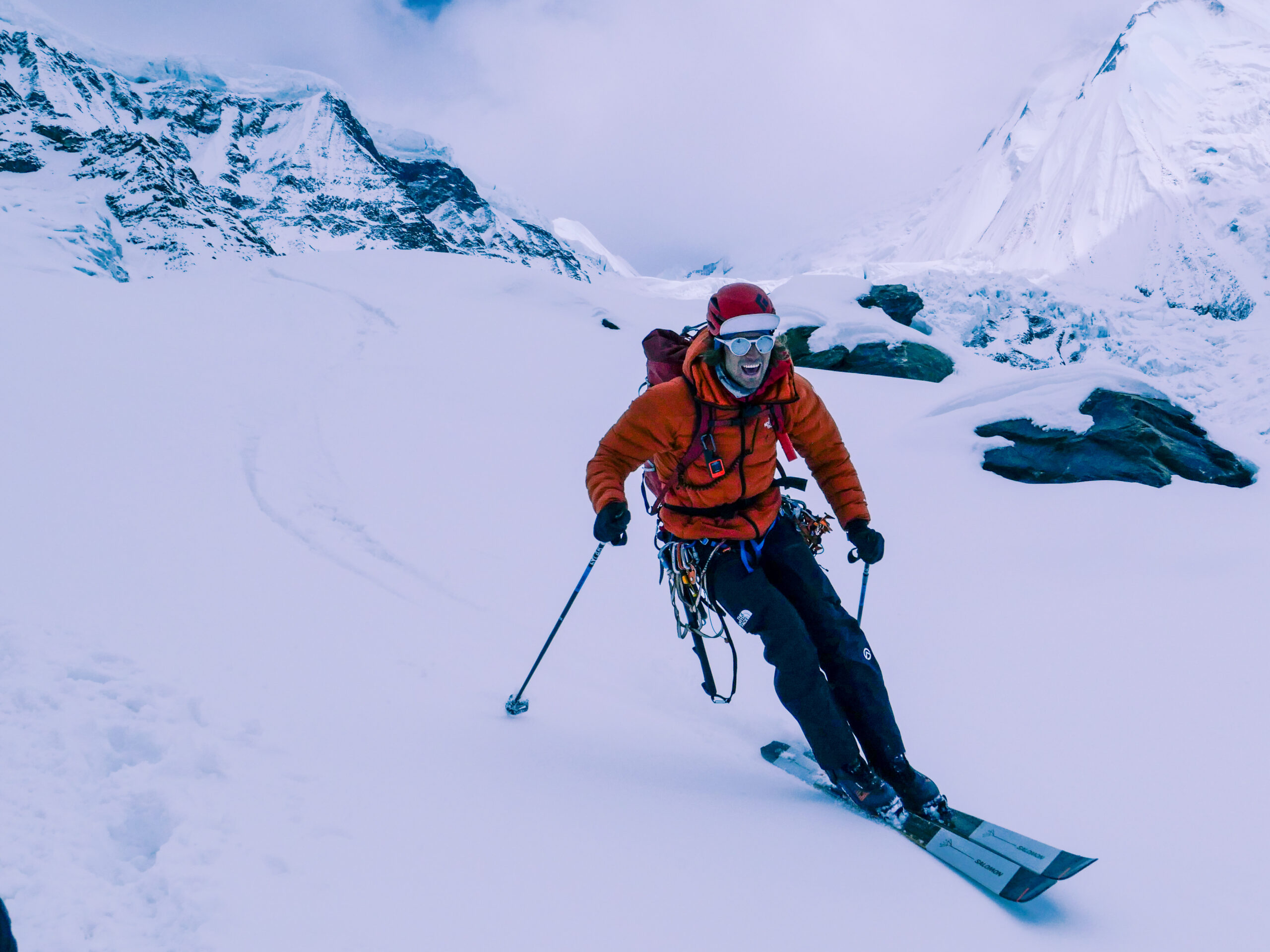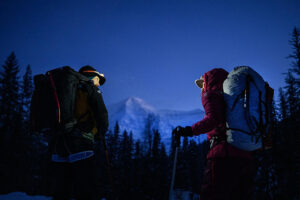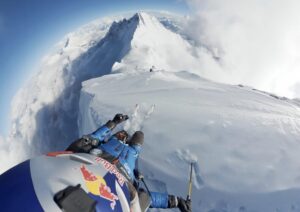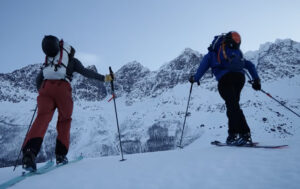Last year, Bartek Ziemski and Oswald Rodrigo Pereira of Poland stunned the climbing community when flying under the radar, they completed unsupported ascents of Annapurna and Dhaulagiri without bottled oxygen. Ziemski then skied down both of them.
Now the Polish pair are back to climb and ski two even higher and harder mountains — Kangchenjunga and Makalu, the third and the fifth highest peaks on Earth. Both pose a major challenge for no-oxygen climbers and involve specific obstacles for skiers. Just before leaving, they found time to share details with ExplorersWeb.
Kangchenjunga first
The climbers will go for Kangchenjunga first, acclimatizing en route to Base Camp. They will then climb the mountain in the same style they embraced last year on Annapurna and Dhaulagiri — no supplementary O2 or support except for the fixed ropes.
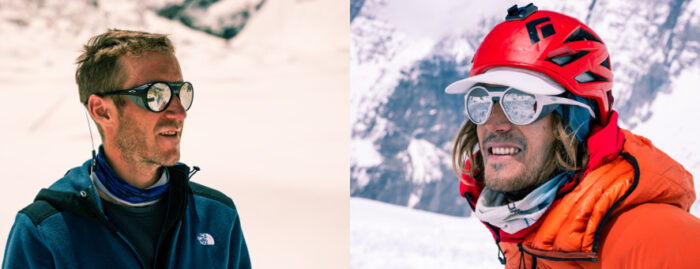
Left to right, Oswald Rodrigo Pereira and Bartek Ziemski. Photo: MAD ski project
“Last year was a test for us,” Pereira told ExplorersWeb before flying to Kathmandu. “We came out of nowhere with this crazy idea of climbing two 8,000’ers in a small team. Then Bartek [Ziemski] skied down while I filmed. It wasn’t easy, but we tested ourselves as a team and as friends.”
That wasn’t their only test. Relaxing in Kathmandu after Dhaulagiri, they hurried back to the mountain in response to an SOS from Carlos Soria’s team. Soria had broken his leg while on the final traverse before the summit ridge. Ziemski and Pereira provided vital help in the high-altitude rescue.
Pereira says that while they appreciated the plaudits they received for their climbs, it was just a warm-up for this year, which will be the real test.
After reaching the summit, Ziemski will ski down, while Pereira climb down on foot while filming his partner’s descent.
“I have to admit, it was quite challenging for me last year to keep up with Bartek’s speed [even] on the climb up,” said Pereira. “That’s why I have trained even harder for this spring. I’ve also come up with some new filming ideas, and I know what type of footage I missed during last year’s expedition. Otherwise, in general terms, our tactics remain the same.”
Ski on ice and rock
Ziemski has also thoroughly prepared for the season by doing as many vertical meters as possible.
“I aim for challenges and try to avoid easy runs,” he said. “Despite the tough winter, I’ve managed to get a lot of quality skiing in.”
We asked Ziemski what he would do with very icy conditions, as Adrian Ballinger reported when he skied down Makalu in 2022.
“The snow conditions in the Alps this winter really helped me out,” Ziemski replied. “I’ve had plenty of practice on super-hard snow. Of course, we’ll have to see what the conditions allow when we get there.”
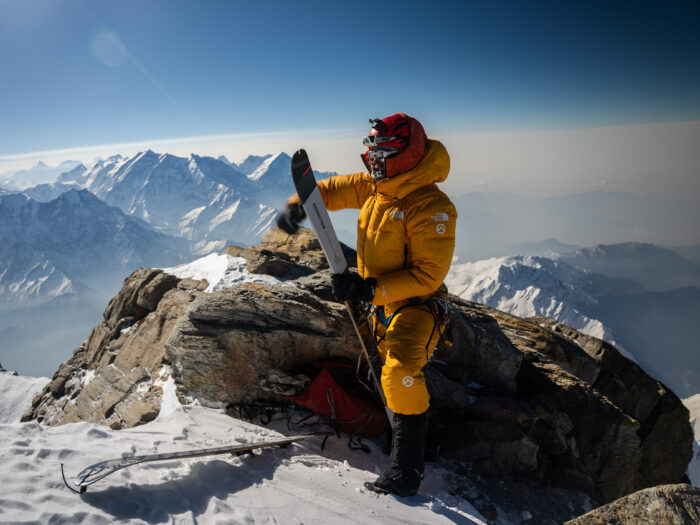
Ziemski prepares to ski down from the summit of Dhaulagiri. Photo: Oswald R. Pereira
On Kangchenjunga, the most obvious obstacle is the upper section, from the last camp up the headwall to the summit, which involves mainly rock and mixed climbing. Luis Stitzinger of Germany, a very experienced high-altitude skier, perished while trying to ski down Kangchenjunga last year.
The Polish climbers replied that they had done much research on Kangchenjunga, mainly by asking others who had been on the mountain.
“The summit part is indeed the real challenge, and we’ll only know if it’s doable once we’re there,” they said. “Our aim is to find a line that allows for a clean, full descent, but we are aware that it might be very difficult.”
“When it comes to Luis (Stitzinger), we were following his story closely. Our hearts go out to his family, and it definitely puts things into perspective for us.”
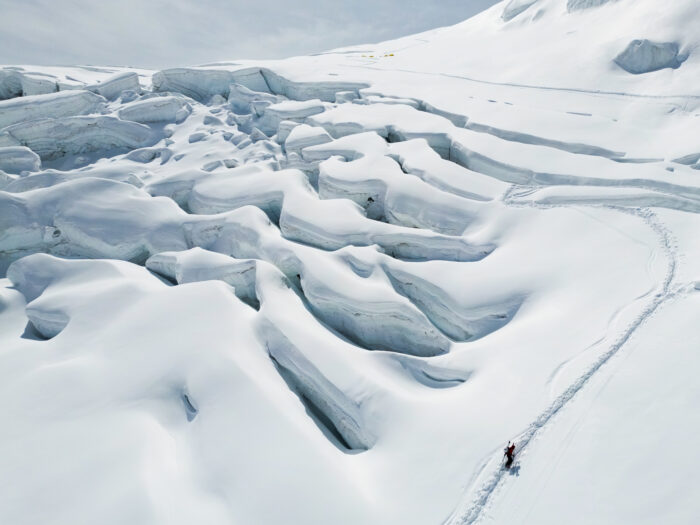
Bartek Ziemski approaches Camp 1 on Dhaulagiri. Photo: Oswald R. Pereira
